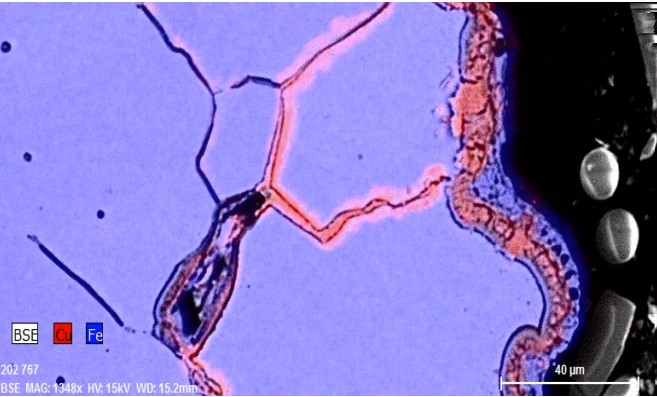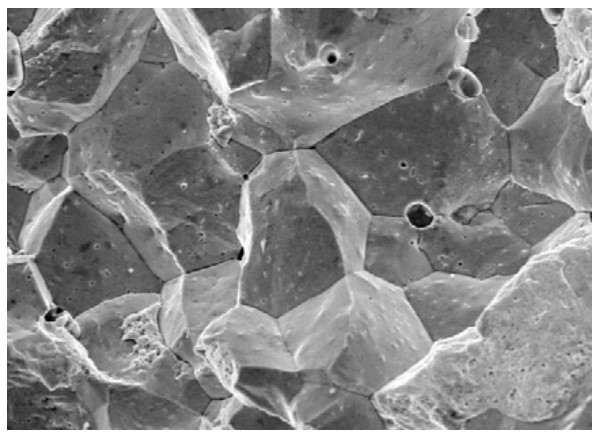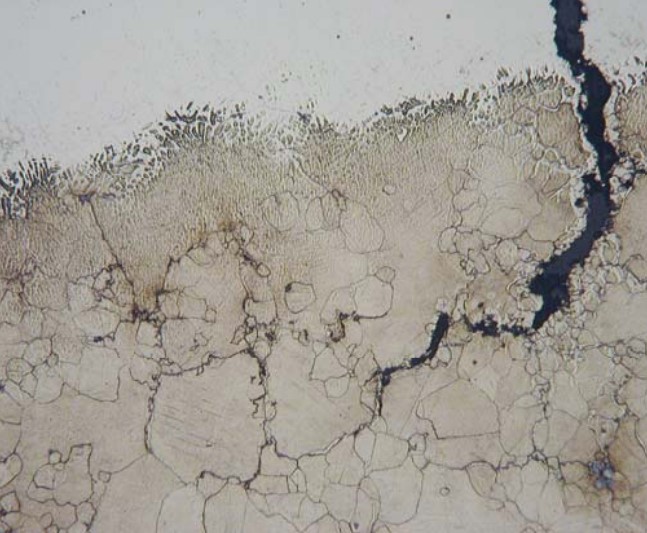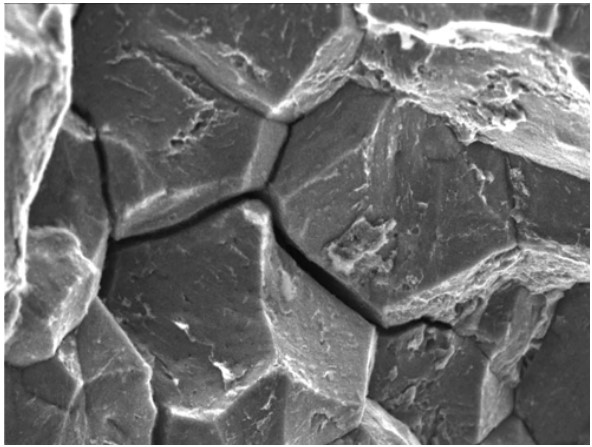This article was originally authored by our partner Metallurgical Associates, Inc.
Many products are now manufactured from a combination of both metal and plastic parts. If you are “of a certain age” you know that was not always the case. When plastics were first introduced, they had few load bearing applications in engineered products. However, as a new family of material, plastics have been rapidly and dramatically developed, improving their strength, wear resistance and other industrially desirable characteristics. As a result, plastics now interface with metal components in applications that were once considered unfeasible.
Most metals and metal alloys, on the other hand, are relatively mature materials. Recent improvements have resulted mainly from developments in processing that optimize their properties. However, new alloys continue to appear and hybrid materials, such as metal matrix composites have begun to enter the product stream.
Although we are materials engineers, Metallurgical Associates Inc. (MAI) works primarily in the field of metal analysis and evaluation. Our work includes material, process, and design evaluation. However, our primary focus is failure analysis and when this involves products assembled from both metal and polymer parts, our relationship with The Madison Group has been invaluable.
 The client’s goal for a failure analysis is prevention. Our goal is to meet that expectation by identifying remedies that prevent subsequent failures. These must be based on a scientifically valid evaluation and interpretation of evidence. The failure mechanism, characterized by its morphology, is an essential piece of evidence. However, identifying the mechanism does not reveal why the failure occurred. Brittle fracture, pitting corrosion or adhesive wear are the end results, not the cause. Determining the cause requires data collection, chemical composition, physical properties, microstructure evaluation, manufacturing and service history.
The client’s goal for a failure analysis is prevention. Our goal is to meet that expectation by identifying remedies that prevent subsequent failures. These must be based on a scientifically valid evaluation and interpretation of evidence. The failure mechanism, characterized by its morphology, is an essential piece of evidence. However, identifying the mechanism does not reveal why the failure occurred. Brittle fracture, pitting corrosion or adhesive wear are the end results, not the cause. Determining the cause requires data collection, chemical composition, physical properties, microstructure evaluation, manufacturing and service history.
 While many of the failure mechanisms that affect metals and polymers are similar, there are important distinctions, and their fracture features differ dramatically. Fractures in both materials are typically imaged and evaluated both optically and by scanning electron microscopy (SEM). Physical properties differ dramatically as well. The inner structure of plastics is made up of organic macromolecules that are more “mobile” than the relatively “rigid” atomic lattice structure of metals. As a result, most industrial metals exhibit physical properties of higher magnitude than plastics, such as hardness, tensile strength, and wear resistance. Metals also maintain their physical properties over a wider temperature range.
While many of the failure mechanisms that affect metals and polymers are similar, there are important distinctions, and their fracture features differ dramatically. Fractures in both materials are typically imaged and evaluated both optically and by scanning electron microscopy (SEM). Physical properties differ dramatically as well. The inner structure of plastics is made up of organic macromolecules that are more “mobile” than the relatively “rigid” atomic lattice structure of metals. As a result, most industrial metals exhibit physical properties of higher magnitude than plastics, such as hardness, tensile strength, and wear resistance. Metals also maintain their physical properties over a wider temperature range.
Like some plastics, metals also have a crystalline structure, though in metallurgical nomenclature, these crystals are called grains and their interrelated arrangement is termed the grain structure or microstructure. Metal grains have a defined interface with adjacent grains compared to the more interlaced nature of plastic macromolecules. This interface or grain boundary, is critical to a variety of problems unique to metals. Severe service environments and faulty manufacturing processes can weaken the bond at the grain boundaries resulting in fracture. This can occur by a variety of mechanisms that plastics are not subject to, such as carbide precipitation, liquid metal embrittlement and hydrogen embrittlement.
 Microstructure evaluation is a major field in the analysis of metals that is less prevalent in plastics. The physical properties of metals can be varied by processes that modify the size, shape, and chemical composition of the grains. These modifications in the grain structure or microstructure, alter the physical properties of metals, and are the basis of many manufacturing processes. Microstructure evaluation is performed by polishing and acid etching selected areas of interest. The etched sample is then examined by optical microscopy. This reveals characteristic features corresponding to the processes used in the components manufacture, as well as defects, inclusions and other aspects of the microstructure corresponding to the metal’s properties.
Microstructure evaluation is a major field in the analysis of metals that is less prevalent in plastics. The physical properties of metals can be varied by processes that modify the size, shape, and chemical composition of the grains. These modifications in the grain structure or microstructure, alter the physical properties of metals, and are the basis of many manufacturing processes. Microstructure evaluation is performed by polishing and acid etching selected areas of interest. The etched sample is then examined by optical microscopy. This reveals characteristic features corresponding to the processes used in the components manufacture, as well as defects, inclusions and other aspects of the microstructure corresponding to the metal’s properties.
Heat treatment presents a substantial area of processing and analysis in metals that is not applied to plastics. Elevated temperatures generally degrade the physical properties of plastics. The physical properties of metals, however, can be beneficially modified and enhanced by controlled heating and cooling. Unlike plastics, which generally exhibit uniform properties throughout, heat treating can selectively modify the physical properties of metals at specific surface locations, leaving the properties of the substrate unchanged. This is the basis of case hardening and similar beneficial heat-treating processes that produce a hard, wear-resistant surface on a softer more flexible core. Heat treating processes come with their own set of potential problems. Quench cracking is the best known and most prevalent of these, but is not the only consequence of improper heat-treating procedures that can result in a component failure.
 Metals are also joined and shaped by processes that are not available in plastics. While plastic parts can be joined in a variety of ways, these are typically bonding techniques that join two or more intact plastic surfaces. Metal parts are joined by a wide range of welding procedures in which the parts are locally heated past their melting point and fully fused together. Forging is another process applied to metals with no equivalent in plastic manufacturing. Using this technique, metal parts can be shaped into net or near net forms, by pressing or hammering, taking advantage of metals ability to yield, or permanently deform, and then be returned to its original, or even an improved state by heat treating.
Metals are also joined and shaped by processes that are not available in plastics. While plastic parts can be joined in a variety of ways, these are typically bonding techniques that join two or more intact plastic surfaces. Metal parts are joined by a wide range of welding procedures in which the parts are locally heated past their melting point and fully fused together. Forging is another process applied to metals with no equivalent in plastic manufacturing. Using this technique, metal parts can be shaped into net or near net forms, by pressing or hammering, taking advantage of metals ability to yield, or permanently deform, and then be returned to its original, or even an improved state by heat treating.
Metals and plastics each offer unique, sometimes complimentary, and occasionally, even overlapping service and manufacturing properties. Failures in these materials also range from unique material specific mechanisms to similar or analogous modes. The increasing use and interaction of both plastic and metal parts in products call for specialized expertise from both material fields to optimize both their performance and economy.
